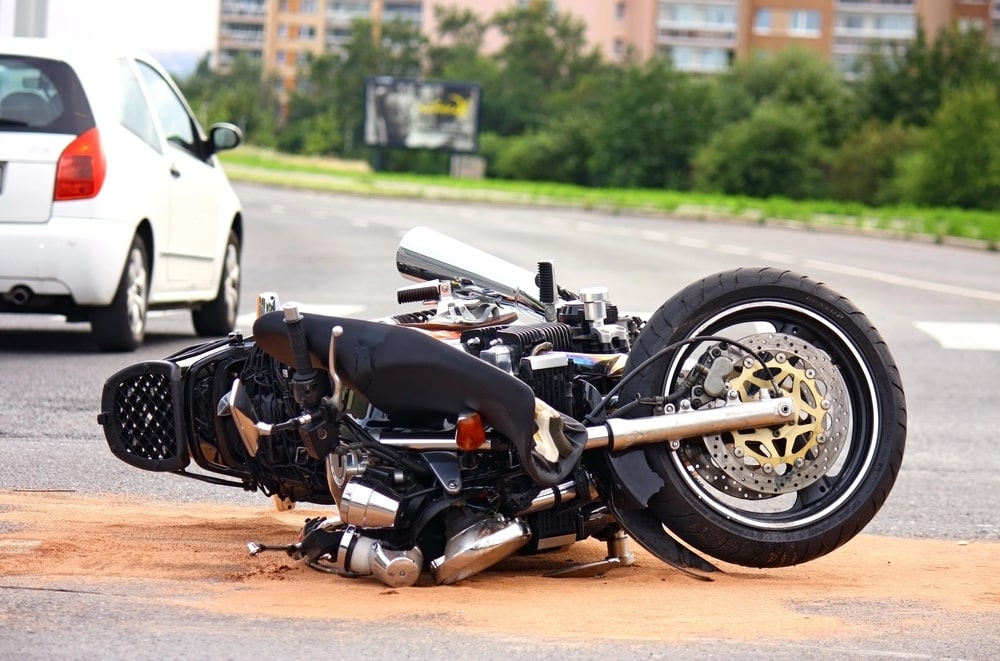
Riding a motorcycle provides a level of freedom and excitement unlike any other vehicle, but it also carries serious risks. Every year, thousands of riders are injured or killed in crashes that could have been prevented with better awareness of timing, location, and traffic conditions. While safety gear and defensive driving go a long way, understanding when and where accidents are most likely to occur is one of the most effective ways to reduce risk. Attorneys like those at Kiefer & Kiefer can attest to how critical these factors are when evaluating motorcycle crash cases and helping victims recover from their losses.
High Traffic Hours Increase Risk
The most dangerous times for motorcycle riders are often during rush hour—typically between 7 a.m. and 9 a.m. and again from 4 p.m. to 7 p.m. During these hours, roadways are filled with hurried commuters, distracted drivers, and frequent lane changes. Motorcycles are smaller and harder to see, which increases the likelihood of being overlooked by someone switching lanes or merging onto a highway. Congested intersections are especially risky, as drivers turning left frequently misjudge the speed or distance of an oncoming motorcycle.
Weekend Riding And Nighttime Hazards
Weekend rides are a favorite for many motorcyclists, but the data shows that Saturdays and Sundays also see a spike in accident rates. This rise can be linked to recreational riding combined with increased alcohol consumption among drivers on the road. In addition, nighttime riding presents its own challenges. Reduced visibility and the glare from headlights make it difficult for both riders and other drivers to judge distance or react quickly. Even well-lit roads can conceal hazards such as debris, potholes, or uneven surfaces that might be easily visible in daylight.
Rural Roads And Scenic Routes Pose Hidden Dangers
Many riders prefer rural highways or scenic byways for their open views and lower traffic volume. However, these same roads often lack proper lighting, road markings, and immediate emergency response access. Sharp curves, gravel patches, and wildlife crossings can turn a pleasant ride into a dangerous situation in seconds. In many rural areas, road maintenance may not be as frequent, meaning that uneven pavement or loose gravel can cause loss of control.
Urban Streets Create Constant Challenges
City streets are another hotspot for motorcycle crashes due to constant movement and unpredictable driver behavior. Intersections, in particular, are among the most dangerous locations. Sudden stops, distracted pedestrians, and frequent delivery vehicles all increase the chances of a collision. In addition, city infrastructure such as trolley tracks or metal grates can be slippery for motorcycles, especially after rain. Parking lots and alleyways also pose risks, as vehicles entering and exiting these areas often fail to notice approaching motorcycles.
Seasonal Changes Affect Safety
The time of year plays a major role in motorcycle safety. Spring and summer bring out more riders, but also more drivers who may not have adjusted to sharing the road with motorcycles after winter. Rainstorms and high temperatures can reduce traction and affect tire performance. Autumn brings wet leaves and shorter daylight hours, both of which can limit visibility and grip. Winter riding, while less common, presents the greatest danger due to ice, snow, and reduced daylight, making it one of the least favorable times for any motorcyclist to be on the road.
The Influence Of Distracted And Impaired Drivers
Driver distraction is a major factor in many motorcycle accidents, as even a quick look at a phone or GPS can cause someone to miss seeing a nearby rider. Likewise, impaired driving continues to be a major factor, especially during weekends and holidays. Riders are most vulnerable when sharing the road with drivers who are fatigued or under the influence, as motorcycles are less visible and offer little protection in the event of a collision. In many of these cases, a motorcycle accident lawyer can assist in evaluating the evidence, reviewing police reports, and determining liability to help riders seek fair compensation for their injuries and losses.
Environmental And Roadway Conditions Matter
Beyond driver behavior, external conditions often determine the severity of a crash. Construction zones, uneven pavement, and oil spills all increase the likelihood of losing control. Poorly designed intersections and limited signage can confuse both riders and drivers. In urban environments, sudden weather shifts—such as a light drizzle after a dry spell—can make roads slick with oil residue, creating hazards even for experienced riders.
Staying Safe By Knowing When And Where Risks Are Highest
Riding a motorcycle will always involve some risk, but being aware of when and where accidents are most likely can greatly lower the chance of being involved in one. Avoiding congested highways during rush hour, steering clear of poorly lit roads at night, and being alert to changing weather conditions are all effective safety measures. Whether on a scenic rural route or a busy downtown street, awareness and caution remain a rider’s strongest protection. Our friends at Kiefer & Kiefer discuss how identifying these high-risk factors is essential not only for improving road safety but also for supporting fair legal outcomes when motorcycle accidents occur.
